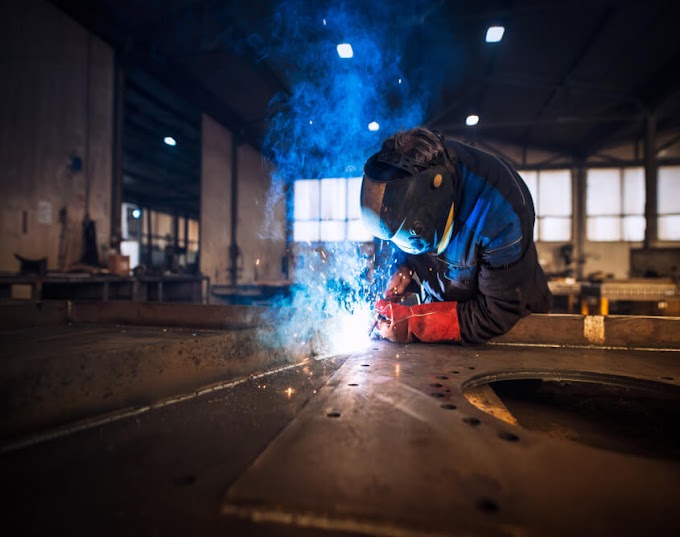Dust extraction systems protect both safety and compliance in workplaces where ongoing activities include grinding, machining, sanding, or processing materials such as wood, metal, and stone. Australia has set up firm standards to address threats caused by dangerous dust in workplaces.
Why Australian Standards Are Essential is discussed here.
The purpose of Australian Standards is to protect workers against long-term damage from airborne toxins, which are linked to serious diseases such as silicosis, lung illnesses, and cancer. Not meeting these standards can bring serious penalties, harm your reputation, and cause preventable harm to your workers.
There is much more to dust extraction systems than their convenience. They are needed to maintain a safe work environment. Following the correct standards lets businesses show workers’ safety is important, keeps them in line with the law, and supports a nicer work environment.
Role of Dust Extraction Systems in Health and Environmental Protection
The need for effective dust extraction systems is clear because
- Protecting Respiratory Health: Such extraction systems help to lower the number of airborne particles, lowering the chances of respiratory and chronic health problems.
- Improving Air Quality: Cleaner air protects both those working on-site and the nearby area, chiefly when there are small particles such as silica or wood dust present.
- Preventing Explosions: Correct dust extraction technology in potentially explosive places reduces the likelihood of explosions.
- Compliance and Peace of Mind: Installing systems in line with Australian Standards guarantees firms comply with regulatory frameworks.
Key Australian Standards for Dust Extraction Systems
Special Australian standards for dust extraction must be known by companies in manufacturing, construction, and industry.
The following standards are most important for dust extraction:
- The Australian Standard/New Zealand Standard 1715 & 1716 outlines respiratory protection guidelines. They lay out the approach for choosing, using, and looking after respiratory protective equipment. Dust extraction systems are designed to cooperate with PPE in lowering exposure to dust, particularly in locations where that risk is highest.
- AS 1482 is devoted to the design and use of electrical equipment in areas where explosive dust conditions may exist. It sets out the safety standards for electrical devices used where explosions or fires may be caused by dust. The standard requires that all dust extraction systems in hazardous locations be built and maintained to prevent sparks or flames.
- AS/NZS 4801 and ISO 45001 are together known as standards for implementing OH&S management systems. These work safety standards describe how to control dust risks and manage safety at your workplace. A business’s OH&S plan frequently depends heavily on functional dust extraction systems.
- Safe Work Australia has published recommended guidelines known as Codes of Practice. These standards give particular instructions on handling hazards posed by dusts such as silica, asbestos, or wood. The codes say businesses should have good ventilation, use dust collector bags, and keep everything maintained to lower dust exposure risks.
Compliance Tips for Businesses
Ensuring compliance with the proper standards requires your business to act ahead of time. These are fundamental tips for producing and sustaining compliance:
- Routine inspections and air quality checks should be done
Check your dust extraction systems often to be sure they are working properly. Testing the air helps make sure that dust does not go over safe levels. - Proper System Design
Adjust your dust extraction system according to the kinds and amounts of dust produced by your work activities. The systems need to catch dust at its source and then safely keep it contained with components, such as top filters and collector bags. - Employee Training
Workers need training to cover not just the usage of dust extraction systems, but also detection of hazards, completion of maintenance, and response to system breakdowns. The continuous safety of your workplace depends on employees being well-educated. - Documentation and Maintenance Logs
Keep complete notes on inspections, maintenance work, and air quality testing. They are needed for audits and help make sure you stay compliant over time.
Conclusion
Lowering the risk of accidents or pollution means that compliance with Australian standards for dust extraction systems is an indispensable aspect of workplace and environmental care. If businesses implement the correct standards, they help secure their employees, minimise regulatory risks, and improve how they operate. Being certain that both old and new facilities use dust management methods by the standards supports both health and safety and the future success of any organisation.









Social Profile